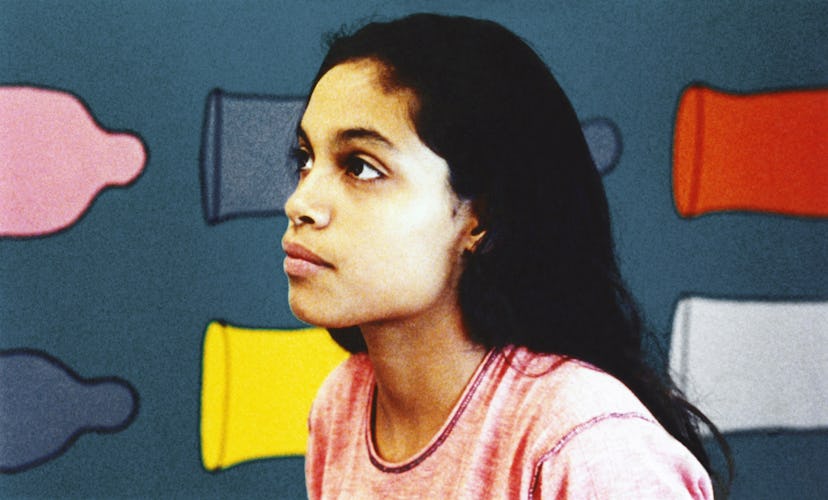Larry Clark on the Legacy, and the Infamy, of His 1995 Film Kids
How a 48-year old iconoclast infiltrated the world of teenage skaters and told their story, warts and all, for all of posterity. “I just don’t think people were ready for the truth,” he says.

I first started exploring youth when I was young myself, with my Tulsa photographs [published as a book in 1971], ** and then it just became my thing. I knew that I wanted to make a film about teenagers. but by the time I was finally able to make one, I was much older. Most of my work had been autobiographical until then; I wanted to do something different. I had no idea what was going on with kids at the time, and I wanted to find out.
Visually speaking, I thought the most exciting kids were skateboarders, so I gravitated towards them. I met a skater in Washington Square Park [in downtown New York] named Tobin Yelland. I was teaching him photography, and asked him to walk me into his world. He introduced me to skaters and told them I was okay. And that was how it started—I hung out with skateboarders for about three years to get the story.
At the time, I was filming the skaters but I couldn’t chase after them. I needed to be able to hold the camera and skate past them to film them. So I learned how to skateboard when I was 48 years old. It was a bit rough.
One day, Harmony Korine just sat down next to me in the park. He asked me about my Leica, and mentioned how much he liked Robert Frank. I thought it was odd that a kid would know about Robert Frank, so we started chatting. He told me he was in school and he wanted to be a screenwriter. About a year later, when I ready to make Kids, I thought, “Gee, I need a kid to write this.” Harmony had written this 20-minute film in high school, and it was really good. I told him about the story I wanted to film, and he said, “I’ve been waiting all my life to write this.” He was ready.
Harmony wrote the entire thing in a week. It was incredible. He had access to this world; he was one of them. I wanted the film to feel like you were eavesdropping on a secret world of kids that adults didn’t know about, or access to. All kids have this secret world where they can be themselves. After a time, they let me in. They started telling me the truth about what was going on. I witnessed most of the things you saw in the film; the only part that was made up was when Jennie [Chloë Sevigny’s character] gets AIDS. I needed that to tie the film together, for the story. Jennie was the maiden on the side of the railroad tracks. Otherwise it would’ve been like a documentary, and I didn’t want to make a documentary.
I think Kids was so controversial because it was real. All the films I’d seen were goofs on what kids were doing or going through. Even the actors were older! I wanted to make a film about what was really going on, and use actors who were of the appropriate age. I cast amateur actors who were familiar with that world. I wanted to make it as truthful as possible.
When it premiered at Sundance in 1996, a lot of adults thought it was some crazy old man’s fantasy. But all the kids said, “This is the way it is.” There had never been a film made like it. I didn’t think it was shocking. I just don’t think people were ready for the truth. But now it’s routine, it’s all over the news. The film holds up well over time because I was just documenting life.
Photos: Larry Clark on the Legacy, and the Infamy, of His 1995 Film Kids
Larry Clark with an actor on the set of Kids, 1995, from his 2003 book Punk Picasso. Courtesy of the artist.
Rosario Dawson in Kids. Courtesy Everett Collection.
Chloe Sevigny in Kids. Courtesy Everett Collection.
Justin Pierce in Kids. Courtesy Everett Collection.
Yakiro Peguero, Leo Fitzpatrick in Kids. Courtesy Everett Collection.
As told to Gillian Sagansky.